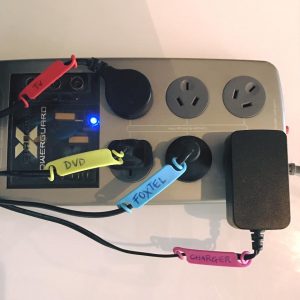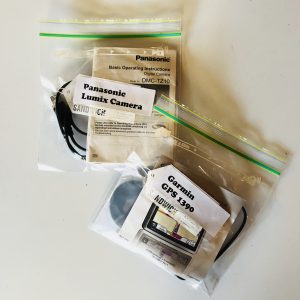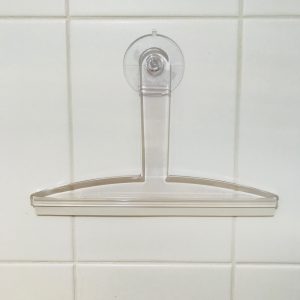
It always sounds like a good idea at the time. Your favourite clothing store asks you to register online for their weekly specials and deals. Before you know it, you are receiving numerous emails from every online deal you’ve ever registered for plus countless others from stores you’ve never even heard of. These emails can be so time consuming. I know that I’ve spent a stupid amount of time checking out the current deals on some exotic overseas destination. The biggest problem is that they clutter up your inbox making it hard to actually see the more important things.
What are you missing?
With invoices now being emailed, it is so easy to have that important bill go missing. This in turn can lead to overdue payment fees which cost you money. Even worse, the amount of time wasted scanning through your inbox just adds to the stress and confusion.
You are just a few clicks away from control.
The Australian communications and media authority states that:
“under the Spam Act, every commercial electronic message must contain a functional and legitimate ‘unsubscribe’ facility…”
So there should be, and there usually is, a simple ‘unsubscribe’ button at the bottom of these emails that just needs to be clicked. Maybe you need to click the mouse button a couple more times… but it really is that simple.
Making time to successfully unsubscribe from your emails is worth the effort. For those emails that must be kept, creating a sub folder is a simple solution. This way, emails can be read and either filed immediately into a sub folder or deleted.
If you are one of those people that have avoided tackling you inbox because of the thousands of emails that are currently in there, then it’s time to start NOW! Take some action to get on top of it. Allocate 30 minutes once a week to make a start. Just do it. You will feel so much better once it’s cleaned up. From then on you can easily delete, file or unsubscribe future emails as needed.
See you next time!
Mei x
For helpful tips, advice, humour and inspiration on getting organised, subscribe to my newsletter or follow me on social media – click on the links below.
[ninja_form id=10]



